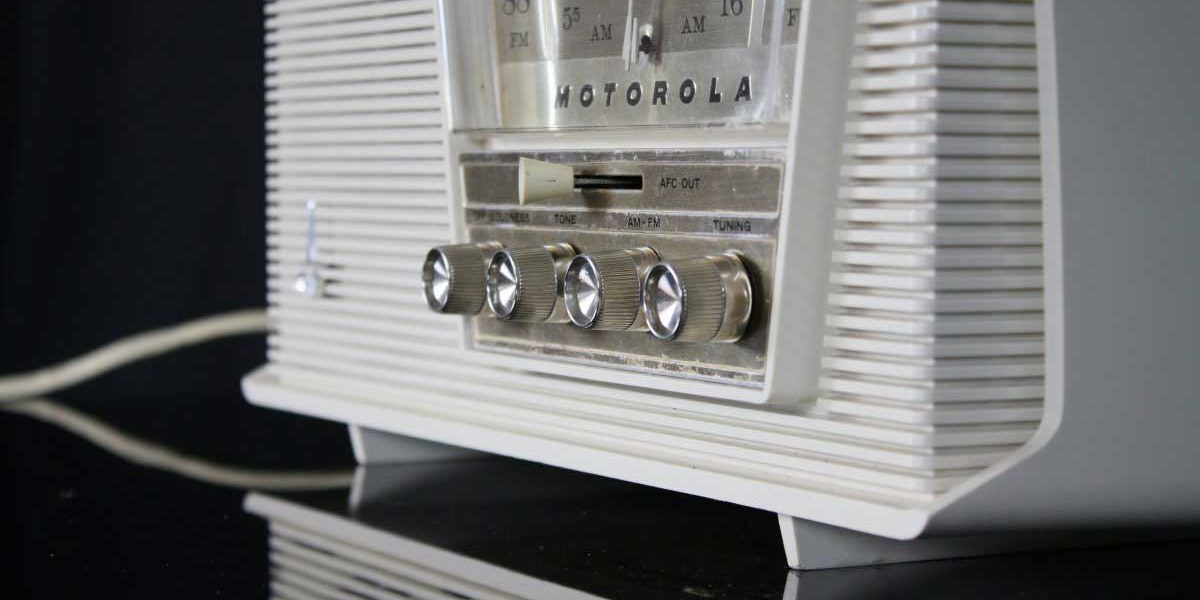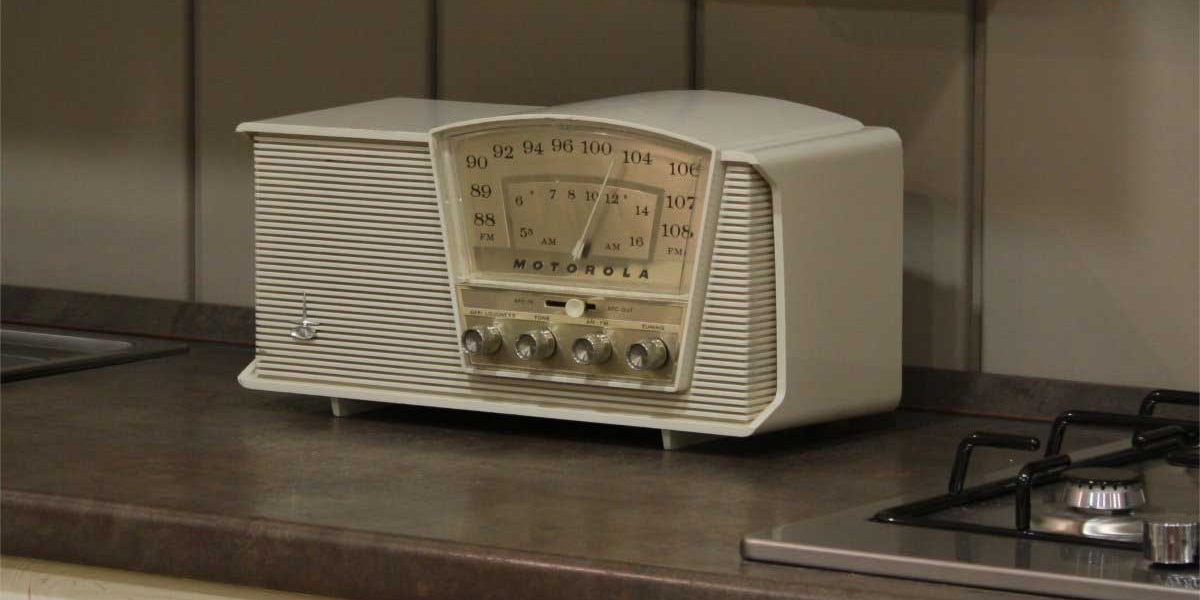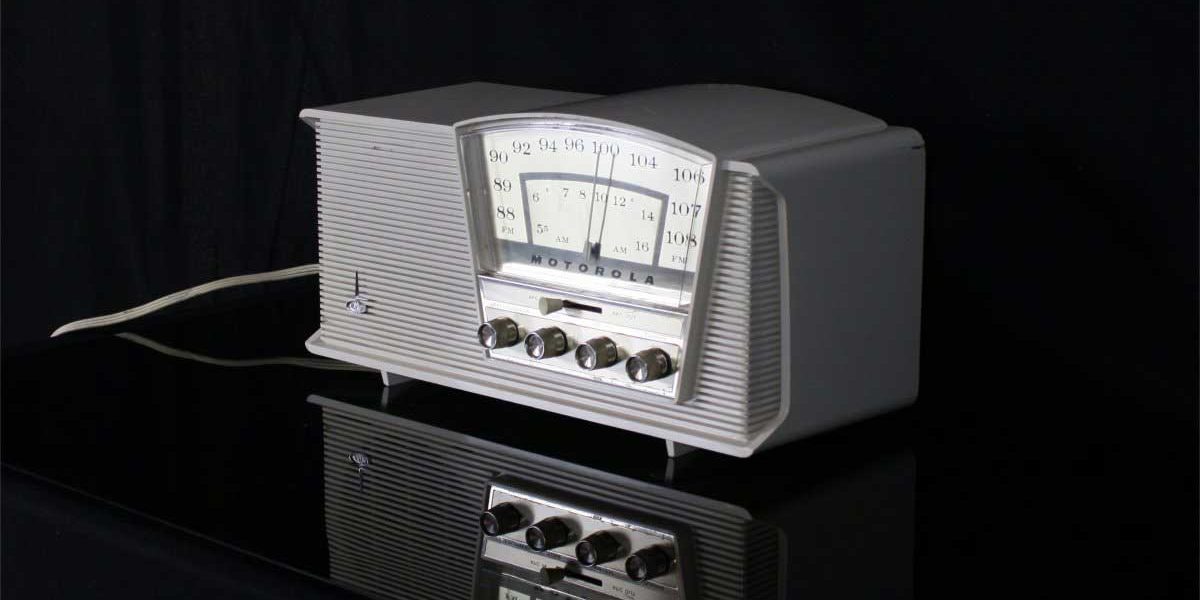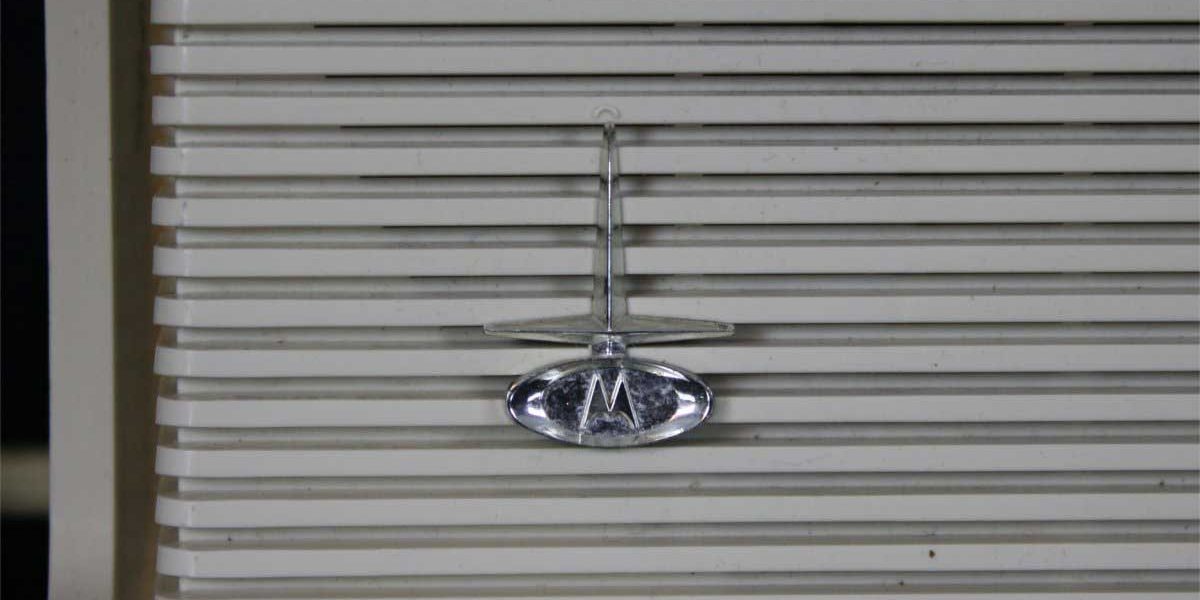 b3w - cn
b3w - cn
Motorola …
- by giovanni
Motorola B3W
MOTOROLA B3W
Produced in 1960, this small device is really interesting.
The FM Band Tuning Range is 88 to 108MHz, the AFC (Automatic Tuning Control) on FM band and the push-pull output stage was unusual solutions in this size radio.
Motorola has created a small device that does not renounce interesting performances.
The volume level is strongest than all the other US radios I review.
The push-pull output stage guarantees a power capable of fill up a medium-sized environment.
The tone control allows you to adjust the sound quality to your taste.
Unknown characteristics at similar equipment of other manufacturers.
But that's just from the technical point of view.
The Antique White colour is absolutely perfect for this design.
The consolle design recall a cathedral. The dense slender horizontal lines soar further "the cathedral". The result is a streamlined and impressive design at the same time.
I mean that is really very very nice to see, balanced, simple, yet brilliant and seductive.
It 's really a little jewel, on the other hand the Bulova produced just that, jewelry watches. So who better than Bulova could design a device so nice and appealing?
Was proposed in different colors, but all with knobs and golden grilles.
As I said for other restorations of these small Americans devices designed and produced 60 years ago their line is very modern even today.
In fact, the graceful line, and its balanced and small size makes it suitable to be inserted in a modern furnishngs.
This strong aesthetic personality is the main reason I restore this series of American production equipment.
There are modern appliances that copy or are inspired by these designs, but owning an original is another thing!
This device is powered by 120 volts supplied by an adapter to be connected directly to the local power supply.

-
BLUETOOTH
Bluetooth receiver embed -
MULTI PLATFORM CONNECTION
Each radio is equipped with a cable for connection to any digital device.
TUBESOUND IMPROVEMENT
- Bluetooth receiver embed - The unit is equipped with a BLUETOOTH receiver powered directly by the receiver power supply. This makes it possible to control the amplifier from any external digital device as an IPAD, a Smartphone, or a sophisticated multimedia station. So you can hear your preferred web station or your lossesless file without cables on the room. Wireless Receiver can be equipped upon requests.
- Multi Platform Connection - A customized adaptation cable to connect any digital device as Iphone, Smartphone, Laptop, CD Player etc. will be provided with this radio. This special cable suits the different impedances between the modern equipment and the receiver. Furthermore the two stereo channels flow into one without increasing the load to the input unit.
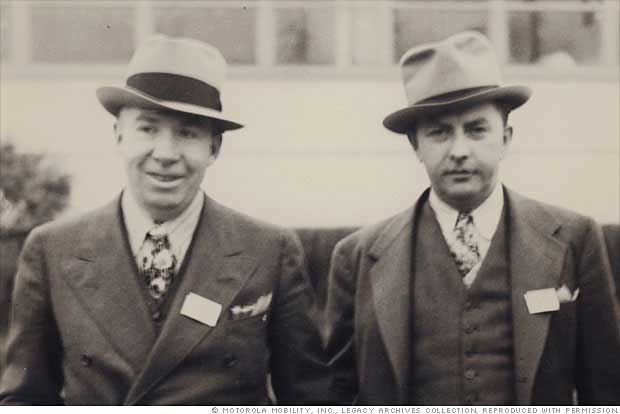

HISTORY
In 1928 Paul V. and Joseph E. Galvin purchased Stewart Battery Company's battery eliminator plans and manufacturing equipment.
The company's first product was a device that enabled battery-powered radios to be powered by household electricity.
After the Great Depression in 1929 challenged his employees to design an inexpensive car radio that could be installed in most vehicles.
In 1940 Galvin Manufacturing Corporation engineers developed the Handie-Talkie SCR536 portable two-way radio. This handheld radio became a World War II icon.
The U.S. economy recovered quickly after World War II and U.S. consumers began to consider purchasing television sets for home entertainment.
The company, now named Motorola.
In mid-1958, the company introduced its first stereo phonographs.
When the National Aeronautics and Space Administration (NASA) was created in 1958, Motorola become one of its first providers of space communications.
By the late 1960s, challenged by the U.S. Federal Communications Commission (FCC) to find a solution, Motorola, AT&T and others began developing systems based on small adjacent radio coverage areas called "cells."
In 1973, Motorola demonstrated a prototype of the world's first portable cellular telephone, the DynaTAC.
In 1990 a Motorola business -- then known as General Instrument Corporation -- proposed the world's first all-digital HDTV.
In 2001 Motorola introduced a metal portable cellular phone, the V60, in 2004 Motorola introduced the RAZR V3 cellular phone.
2011 - Motorola Mobility completed its spin-off from Motorola, Inc.
Courtesy of Motorola
MAIN FEATURES
Year of production: 1960
Superheterodyne IF: 455 KHz/10,7 MHz
6 AM Circuits
8 FM circuits
Wavebands:
Medium Waves (OM) 535 to 1620KHz
Frequency Modulation (FM) 88 to 108MHz
Wideband loudspeaker
Plastic case
Dimensions (LHD): 16 x 8 x 7 inch
Net weight: 7 lb 0 oz
9 Tubes:
HCC85 12BA6 12BA6 12AU6 12AL5 12BE6 12AX7 50C5 50C5

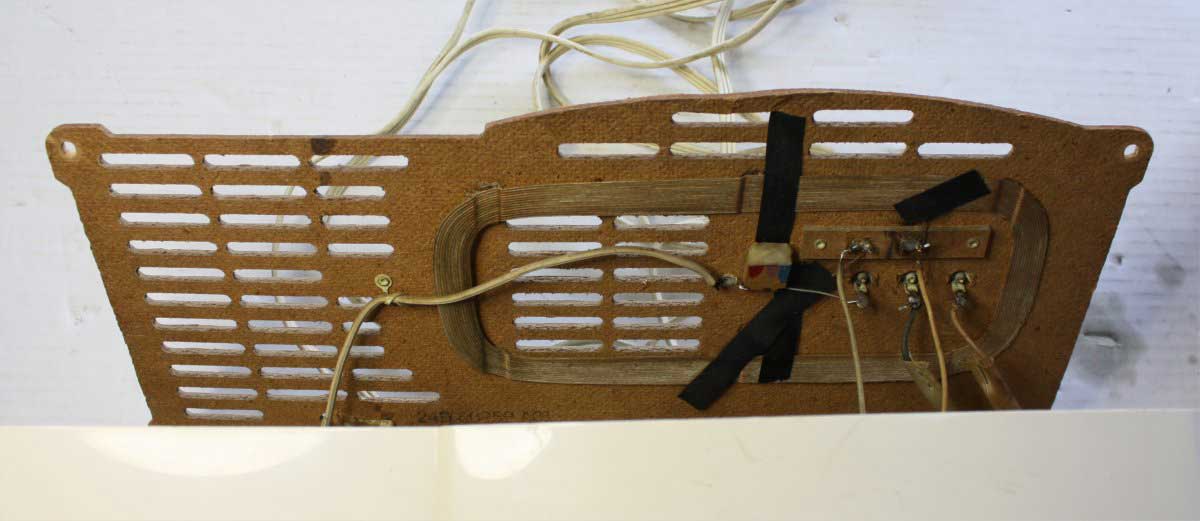
AERIAL
This device uses a loop antenna for AM on the rear panel.
It's sufficiently efficient but extremely directive, so the position of the radio impact on the quality of reception.
Uses also a line cord for FM antenna and the back panel is prepared to connect an external antenna.
In this case the reception would be good.
CONTROL PANEL
The controls consolle are whole enough.
The upper switch controls the Automatic Frequency Control (AFC)
The left knob controls the power switch and volume.
After we find the Tone control, the AM/FM switch and the Tuning knob.


LOUDSPEAKER
It was used an 6 inch loudspeaker performant enough despite its size.
The audio spectrum is sufficiently reproduced.
We are not talking of course of deep bass and treble bright, but a good and pleasant voice.
REAR SIDE
FM aerial inputs.

RESTORATION STEPS
THE USUAL AMAZING LAST IMAGE





